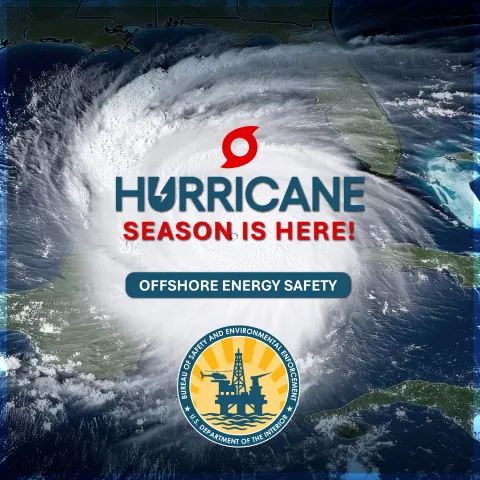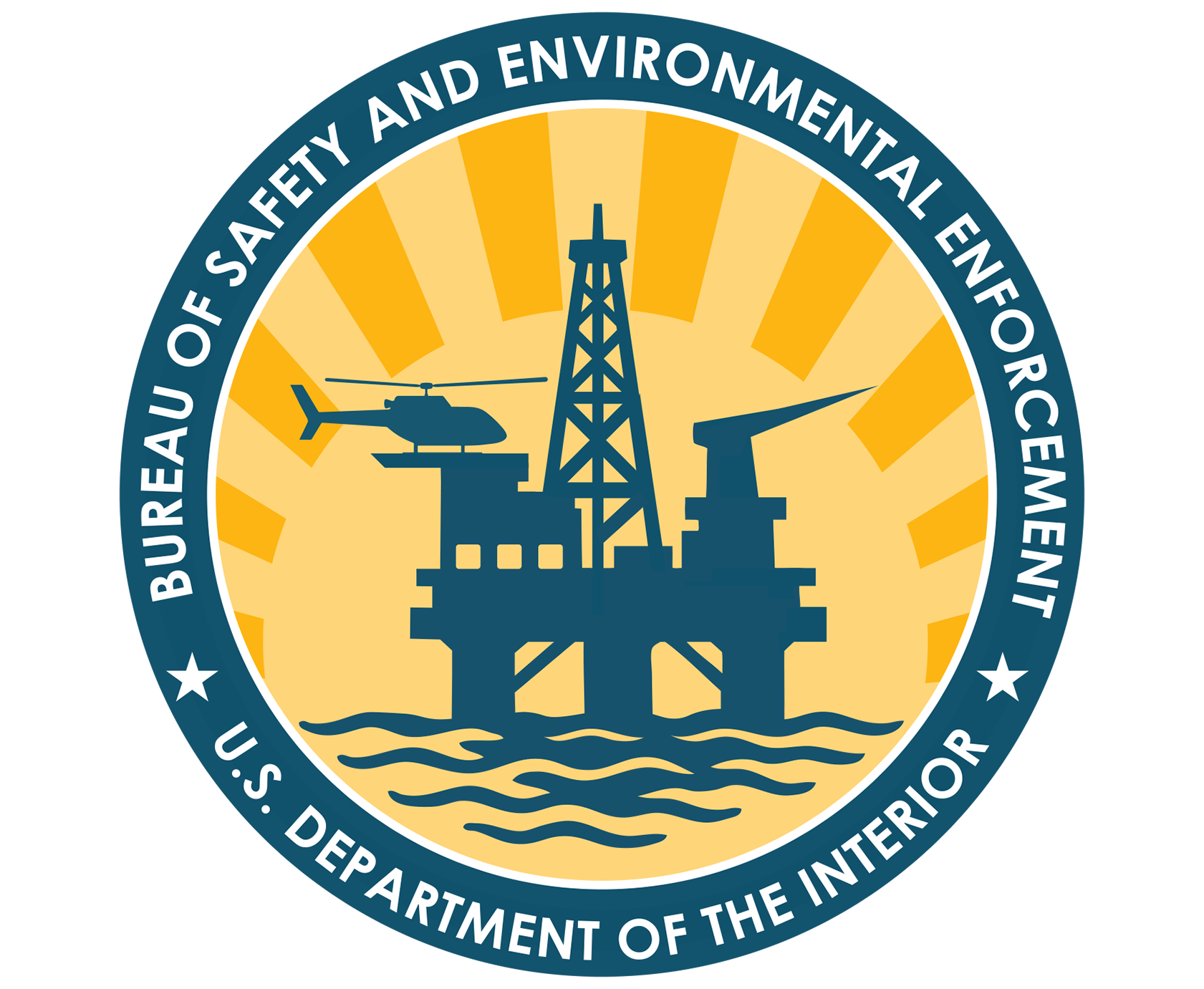
As hurricane season approaches each year, ensuring the safety of offshore operations becomes a top priority for all involved in the oil, gas, and energy sectors. For operations on the Outer Continental Shelf (OCS), the Bureau of Safety and Environmental Enforcement (BSEE) plays a pivotal role in hurricane preparedness, safeguarding both personnel and the environment. Here's a look at BSEE's responsibilities and the steps they enforce to ensure that offshore operations are ready for the challenges that hurricanes pose.
BSEE's Core Responsibilities in Hurricane Preparedness
BSEE is responsible for regulating offshore oil and gas exploration, development, and production. Its mission goes beyond enforcement – BSEE focuses on maintaining safety and protecting the environment. When it comes to hurricanes, BSEE ensures that offshore operations can withstand severe conditions, protecting both human life and the environment.
Regulatory Oversight and Enforcement
BSEE’s role begins with regulatory oversight. The agency is responsible for crafting and enforcing regulations that govern offshore operations. These regulations include standards for equipment design, facility construction, and operational procedures. Specifically, they require offshore platforms to be built and maintained in such a way that they can endure hurricane-force winds, waves, and other storm-related challenges. Ensuring that structures are resilient is essential to minimizing damage during severe weather events.
Safety and Environmental Management Systems (SEMS)
Another important area of BSEE's responsibility is ensuring that offshore operators establish effective Safety and Environmental Management Systems (SEMS). SEMS are designed to help operators manage risks, including those posed by hurricanes. By requiring these systems, BSEE ensures that operators have clear protocols in place to prevent accidents and reduce environmental impacts during high-stress events like storms.
Hurricane Preparedness Plans
BSEE mandates that operators have comprehensive hurricane preparedness plans in place. These plans include detailed assessments of facility integrity, emergency response procedures, and evacuation plans for personnel. Operators must assess the structural strength of their platforms and take necessary actions to reinforce them before the storm season. BSEE’s goal is to ensure that the facilities are not only resilient but that all personnel know what to do in the event of a hurricane.
Reporting and Documentation
Transparency is critical in ensuring the success of preparedness efforts, which is why BSEE places a strong emphasis on reporting and documentation. Operators must report their hurricane preparedness measures to BSEE, which includes documentation of risk assessments, inspections, and emergency plans. Post-storm, operators are required to submit reports detailing the impact of the hurricane, any damages sustained, and the measures taken to address them. This allows BSEE to monitor and assist with recovery efforts, ensuring that operations are quickly restored to safety.
Collaboration with Other Agencies
BSEE does not work alone. The agency collaborates with other federal and state bodies such as the U.S. Coast Guard and the Bureau of Ocean Energy Management (BOEM). This coordinated effort ensures a seamless response during and after a hurricane, with agencies working together to manage evacuation plans, assess damages, and ensure that operations resume safely and promptly.
Issuance of Notices to Lessees (NTLs)
BSEE frequently issues Notices to Lessees (NTLs) to provide guidance to operators on various aspects of offshore operations, including hurricane preparedness. These notices help clarify the agency’s expectations and keep operators up to date with any changes in the regulatory environment. NTLs often provide specific details about what is required in terms of securing equipment and evacuating personnel, ensuring compliance during storm events.
Training and Drills
In addition to regulatory compliance, BSEE requires operators to conduct regular emergency response drills, simulating hurricane scenarios. These drills are critical for ensuring that personnel are ready to act swiftly and effectively during a real storm. Through these exercises, operators can test their preparedness and adjust as needed to ensure a coordinated and effective response when a hurricane strikes.
Resource Conservation and Minimizing Impact
Hurricanes can have devastating effects on offshore resources, and BSEE works to mitigate the impact of storms on resource extraction activities. Through its regulations and preparedness initiatives, BSEE promotes responsible resource conservation and aims to minimize environmental harm, ensuring that operators are prepared to handle potential risks without compromising safety or sustainability.
Why It Matters
Hurricane preparedness is not just about safeguarding infrastructure—it's about ensuring the safety of the thousands of personnel who work offshore and protecting the fragile marine environment. By enforcing these regulations and requiring operators to take proactive steps, BSEE plays an essential role in minimizing the impact of hurricanes on the OCS and ensuring the long-term sustainability of offshore operations.
BSEE’s work is a testament to the importance of collaboration, preparation, and resilience in the face of natural disasters. For offshore operators, staying compliant with these regulations and following best practices for hurricane preparedness isn’t just a legal obligation—it’s an investment in the safety of their workers, the protection of valuable resources, and the preservation of the environment.
As hurricane season unfolds, all stakeholders in offshore operations must stay vigilant, adhering to BSEE's guidelines to ensure a safe and effective response to whatever challenges nature throws their way.
